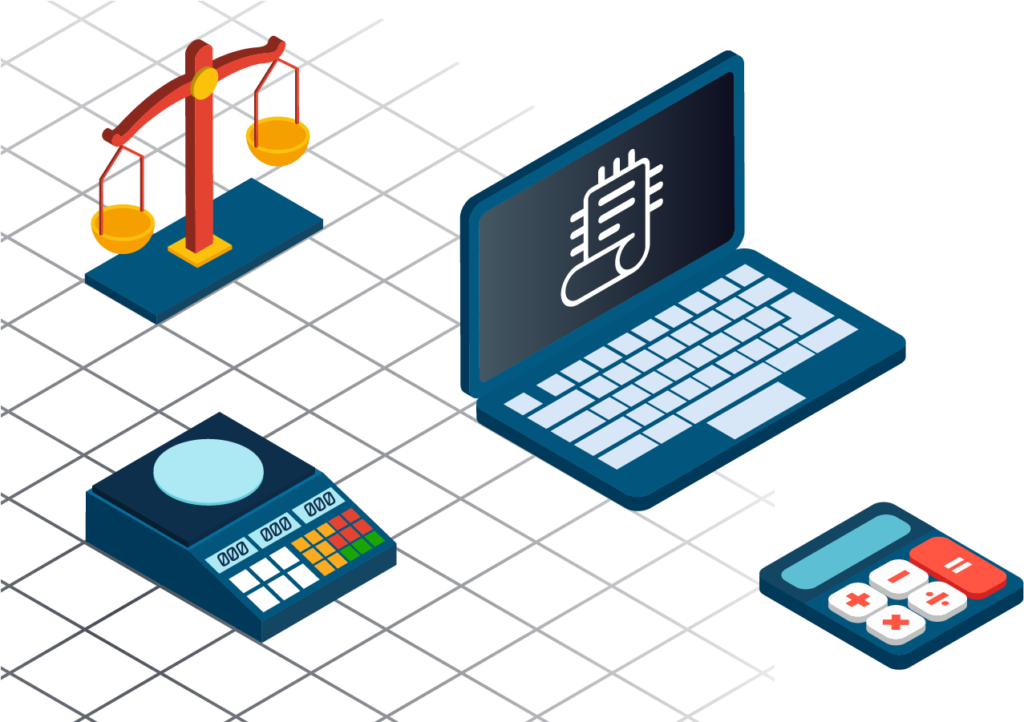Practical Haskell Programming Made Easy with Haskell at Work

Haskell is a functional programming language that has gained popularity in recent years due to its elegance, expressiveness, and ability to handle complex systems. However, learning Haskell can be challenging, especially for developers who are new to functional programming. This is where Haskell at Work comes in.
Haskell at Work is a screencast series focused on practical Haskell programming. Our goal is to help developers learn Haskell in a practical, hands-on way, by providing real-world examples and use cases.
In each episode of Haskell at Work, we tackle a specific topic or problem in Haskell programming. We start with the basics, such as syntax and data types, and gradually progress to more advanced concepts, such as monads, applicatives, and functors. Each episode is designed to be practical and applicable to real-world programming scenarios.
Our screencasts are created by experienced Haskell developers who have a passion for teaching and sharing their knowledge. They are designed to be easy to follow, with clear explanations and demonstrations. Whether you’re a beginner or an experienced Haskell programmer, Haskell at Work is the perfect resource for practical Haskell programming.
In addition to our screencasts, we offer a range of resources to help you on your Haskell journey. Our website features a blog with tips, tutorials, and news about the Haskell community. We also have a forum where you can connect with other Haskell developers and get help with your programming questions.
About Haskell?
At Haskell at Work, we believe that learning Haskell should be fun, practical, and accessible. We are committed to providing developers with the tools and resources they need to succeed in the world of Haskell programming. Whether you’re building web applications, data analysis tools, or other complex systems, Haskell at Work can help you achieve your programming goals.


In conclusion
Building our to-do list application, we have learned the basics of gi-gtk-declarative and the “App.Simple” architecture. There’s more to learn, though, and I recommend checking out the project documentation. There are also a bunch of examples in the Git repository.
Please note that this project is very young, and that APIs are not necessarily stable yet. I think, however, that it’s a much nicer way to build GTK+ applications using Haskell than the underlying APIs provided by the auto-generated bindings.
Now, have fun building your own functional GTK+ applications!
Our Partners
Latest Episodes
Як працює кредит під заставу дому та які ризики варто врахувати позичальнику
Коли постає потреба у значній сумі грошей — на бізнес, інвестиції чи вирішення фінансових питань…
KI Platform unter der Lupe: Was private Trader wirklich denken
Künstliche Intelligenz wird häufig als einzelne Anwendung wahrgenommen: ein Algorithmus, ein Modell oder ein automatisiertes…
What Makes a Casino Bonus Truly Worth It in 2025
Introduction Casino bonuses have always been the flashy gateway to online gambling fun. In 2025,…




